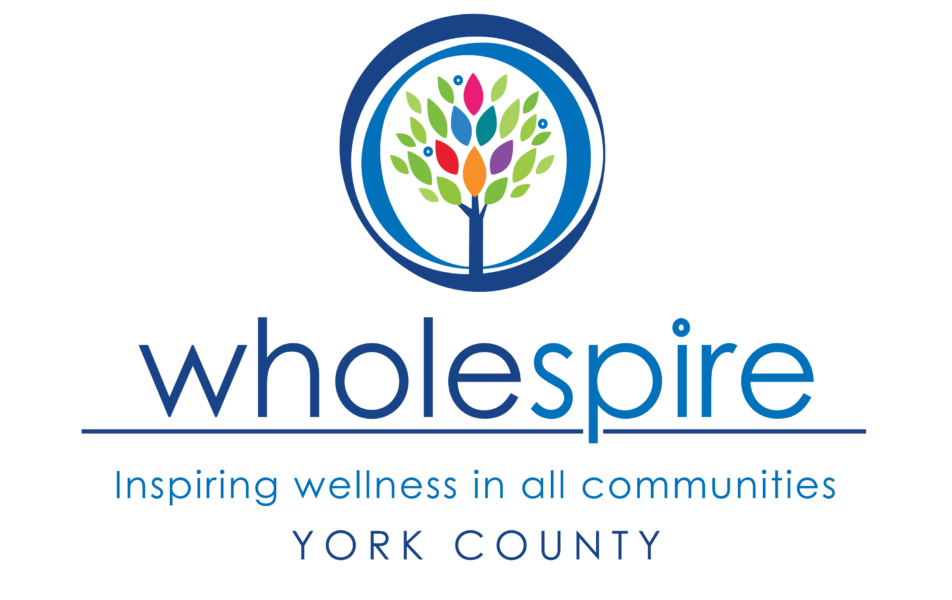by Liz Duda
York County, SC (Aug. 7, 2019) Get ready to go back to school! In this CN2 Today segment, the Eat Smart Move More York County (ESMMYC) leadership team presents healthy snack and lunch options that kids can prepare. Also hear about the “Healthy Together 5-2-1-0” initiative – a “healthy eating and active living” message that ESMMYC introduced in Rock Hill and Fort Mill elementary schools in partnership with Atrium Health. 
If Dr. Dave Keely and Liz Duda covered ALL of our talking points, what would we have said?
Healthy Together 5-2-1-0 is a daily guideline for kids – 5 fruits/vegetables; fewer than 2 hours of recreational screentime; 1 hour or more of physical activity/play; and…0 – zero sugary drinks; more water – a key part of our message for healthy lunches and after-school snacks is water to drink! Did you know that sports drinks are meant only for exercise that is vigorous or very long? And fruit is better than juice for fiber. Milk is good, and a protein source – but watch the sugar in flavored milks! One way for students to get more water is to bring their own reusable water containers to school with them to drink and refill throughout the day. And ESMMYC is pleased to see some schools installing water refill stations on campus!
Healthy lunches that kids will enjoy are do-able! Ideally include a vegetable, fruit, protein, and whole-grain starch each lunch. Examples include:
- Veggies: carrot or celery sticks, cut pepper strips, grape tomatoes, broccoli pieces
- Fruit: any fresh fruit, unsweetened applesauce, canned fruit in water or juice (not syrup)
- Whole-grain starch: whole-grain crackers, bread for a sandwich, pretzels, whole-grain granola type bar (something for less than 6g sugar per bar), dry cereal (with less than 5g sugar per serving)
- Protein: peanut butter or nut-free spreads, hummus, cheese, lean meats, yogurt (ideally low sugar), tuna or chicken salad
- Soup can provide veggie, starch, and protein. The soup container on the table is a homemade tortilla soup with beans, corn, spinach shredded boiled chicken breasts (have you seen how much sodium the store-bought rotisserie chickens pack?).
On the days when these kids bring lunch (and, they do like the school cafeteria food), they pack their lunches the night before (the younger kids with oversight/help). We know one family that packs the meals in plastic-style bento boxes on Sunday for the rest of the week. And one which is creating a section in the kitchen/refrigerator stocked with single-serving-size items for her kids to be able to grab their own lunchbox components. Did you know that foods with varied textures and colors, and bite-sized portions appeal to kids? Also, it is ok to include a small treat into your child’s lunch – if you know there is not another classroom or birthday celebration with sugary food treats in school that day which is allowed in some York County schools – just watch the “serving size.”
And what about a healthy after-school snack? Remember the “5 – servings of fruits and vegetables daily” – an after-school snack is a great way to fit in fruits/vegetables to the child’s diet. Keep a fresh fruit basket visible and reachable on the kitchen counter so the child can easily grab his/her own healthy snack. Keep unhealthier, particularly tempting foods out of immediate eyesight, important for adults too. Snack does not mean dessert. Snacks should be around 100-150 calories. Examples include fresh fruit, veggies with hummus or even ranch dressing, whole-grain crackers, air-popped popcorn; string cheese; pre-packed fruit cups mentioned in lunches These kids’ “go-to” after-school snack is apple and peanut butter with wheat germ sprinkled on top followed by single-serving size of whole-grain crackers; or slices of banana on whole-grain cracker with peanut butter and wheat germ. Watch serving size – read the nutrition label and practice “mindful eating.” Don’t eat directly from the package. Large portions contribute to our country’s rise in obesity. Place a serving of the snack in the bowl or divide the contents of a large package into several smaller containers right from the start.
Repetition is fine – and sometimes even desirable to evoke a security feeling. One nutritionist’s daughter happily ate essentially the same lunch every day of elementary school.
School cafeteria lunches are a good option too, meeting federal and state health standards, and with school nutrition staff working hard to make food that our children will enjoy.
See the full show here: https://www.cn2.com/cn2-today-august-7th/
See the segment here: https://www.cn2.com/healthy-snack-and-lunch-options-for-back-to-school/
Additional resources:
- https://www.choosemyplate.gov/ (USDA website)
- https://www.scdhec.gov/sites/default/files/Library/ML-025313.pdf
- https://www.scdhec.gov/sites/default/files/Library/ML-009043.pdf
